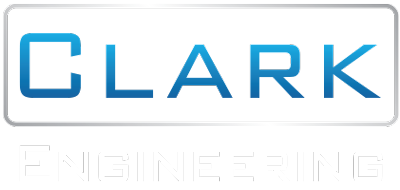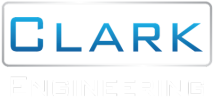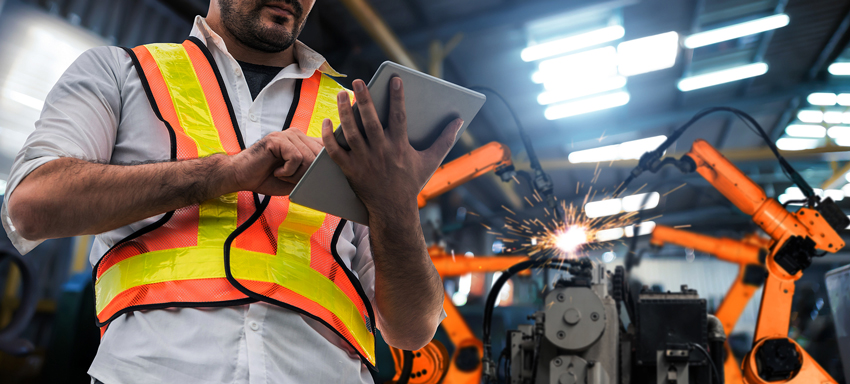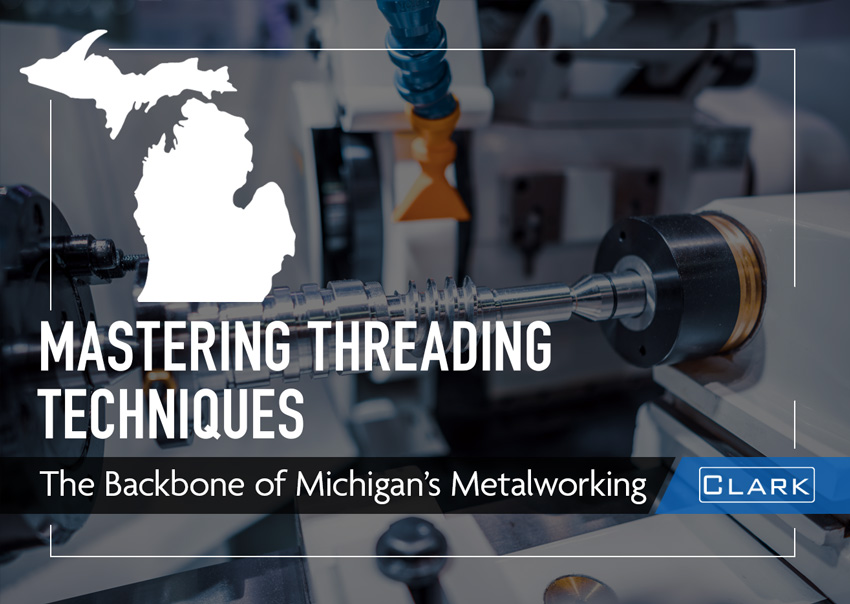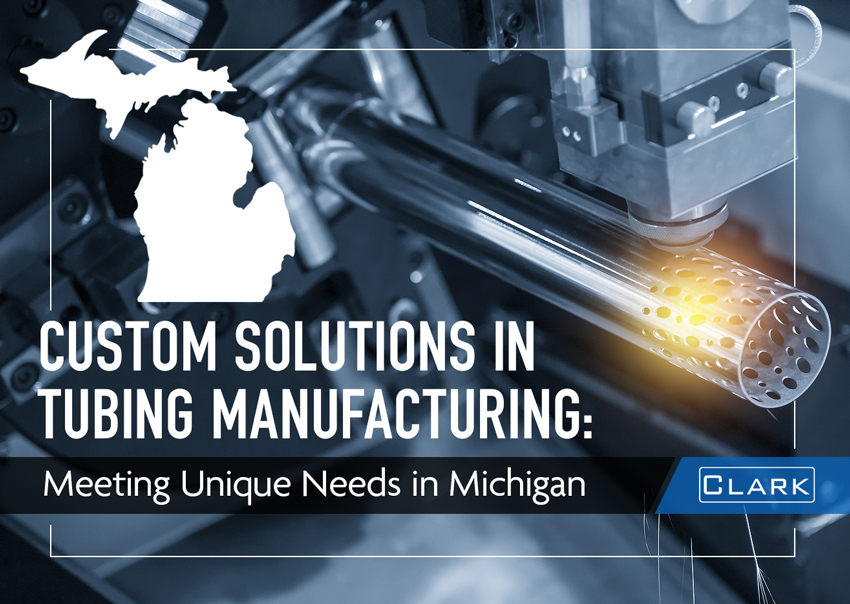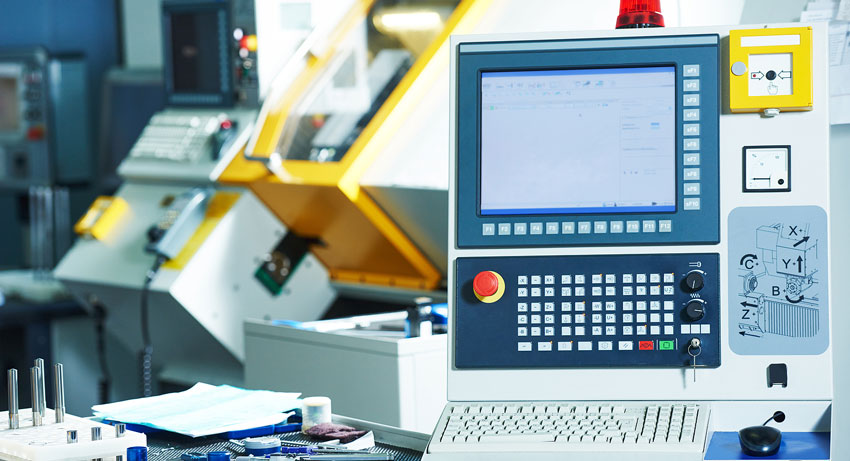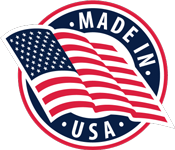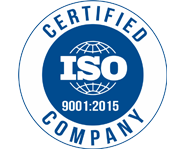The importance of emerging technologies in manufacturing cannot be overstated. These technologies have the potential to revolutionize traditional manufacturing processes, increase efficiency, improve product quality, and drive innovation.
This article focuses on the application of emerging technologies in manufacturing engineered components. Engineered components are crucial in various industries, such as aerospace, automotive, medical, etc. Exploring how emerging technologies are reshaping the manufacturing of these components provides valuable insights into the future of manufacturing processes.
Additive Manufacturing: Reshaping the Possibilities
Additive manufacturing, also known as 3D printing, creates objects by adding layer upon layer of material based on a digital model. It offers a range of advantages over traditional manufacturing methods, including increased design flexibility, reduced material waste, and faster production cycles.
3D printing is particularly beneficial in the manufacturing of engineered components. It enables complex geometries, lightweight designs, and customization options. Additionally, it allows for rapid prototyping and on-demand production, saving time and costs.
Additive manufacturing finds extensive applications in the aerospace, automotive, and medical sectors. In aerospace, it is used for creating lightweight and high-performance components. In the automotive industry, 3D printing is utilized for rapid prototyping, tooling, and customized parts. Medical applications include the production of implants, prosthetics, and patient-specific models.
Internet of Things (IoT): Connecting the Manufacturing Landscape
The Internet of Things (IoT) refers to the network of interconnected devices embedded with sensors, software, and connectivity, enabling them to collect and exchange data. In manufacturing, IoT facilitates real-time monitoring, automation, and optimization of processes.
IoT brings several benefits to the manufacturing of engineered components. It enables predictive maintenance, reducing downtime and improving overall equipment effectiveness. It also enhances supply chain management through real-time tracking of inventory and assets. Furthermore, IoT enables data-driven decision-making and optimization of production processes.
Numerous use cases demonstrate the implementation of IoT in manufacturing. For example, in predictive maintenance, sensors embedded in machines monitor their performance, enabling proactive maintenance before breakdowns occur. IoT is also used in quality control, where real-time data analysis ensures product conformity. Smart factories, with interconnected devices and systems, are a prime example of IoT implementation.
Artificial Intelligence (AI): Unleashing Manufacturing Potential
Artificial intelligence (AI) and machine learning technologies empower machines to learn from data, make decisions, and perform tasks that traditionally require human intelligence. AI is revolutionizing production lines, quality control, and decision-making processes in manufacturing.
AI optimizes production lines by analyzing data to identify bottlenecks, predict failures, and optimize workflow. It enables real-time quality control through computer vision systems, detecting defects and anomalies with high accuracy. AI-driven algorithms improve efficiency, reduce waste, and enhance overall product quality.
AI facilitates data-driven decision-making, providing insights from vast amounts of data collected during manufacturing. It also drives innovation by identifying patterns, optimizing designs, and suggesting improvements. With AI, manufacturers can achieve higher productivity, faster time to market, and increased competitiveness.
Robotics: Transforming the Shop Floor
Robotic automation involves using robots to perform tasks traditionally carried out by humans. Industrial robots are pivotal in manufacturing engineered components to enhance productivity, precision, and safety.
Industrial robots offer advantages such as increased speed, accuracy, and consistency. They can handle repetitive tasks with high precision, minimizing errors and improving overall quality. Moreover, robots can work continuously without fatigue, leading to higher production rates and efficiency.
Collaborative robots, or cobots, are designed to work alongside humans, sharing workspace and tasks. They enhance safety and productivity by automating repetitive or physically demanding tasks while allowing human workers to focus on complex operations. Cobots enable effective human-robot collaboration, making manufacturing processes more efficient and flexible.
Augmented Reality (AR) and Virtual Reality (VR): Enhancing Design and Training
Augmented Reality (AR) and Virtual Reality (VR) technologies provide immersive and interactive experiences by overlaying digital content onto the physical world (AR) or creating a simulated environment (VR). AR and VR have significant applications in design visualization and training in the manufacturing industry.
AR allows engineers to visualize and modify designs in real-time, enhancing the design process and reducing errors. It enables virtual prototyping, where virtual models can be inspected, analyzed, and tested before physical production. AR-based work instructions and maintenance procedures improve worker efficiency and reduce training time.
Blockchain: Ensuring Transparency and Traceability
Blockchain technology is a decentralized and transparent digital ledger that records transactions across multiple computers. Blockchain ensures product and supply chain transparency, traceability, and authenticity in manufacturing.
By utilizing blockchain, manufacturers can track and trace each component’s journey, ensuring authenticity and preventing counterfeiting. Blockchain provides an immutable record of transactions, making it possible to verify the origin, quality, and compliance of components and raw materials.
Additionally, blockchain technology enables secure and tamper-proof documentation of certifications, warranties, and maintenance records, further enhancing transparency and trust in the manufacturing process.
Advanced Materials: Pioneering the Next Generation
Advanced materials play a crucial role in manufacturing engineered components. These materials possess superior properties such as high strength, lightweight, thermal resistance, and enhanced performance.
Developing advanced materials has opened up new possibilities in engineering and manufacturing. Examples include carbon fiber composites, superalloys, and biodegradable polymers. These materials enable the production of components with improved performance, reduced weight, and enhanced durability.
Advanced materials drive innovation in various industries. For example, carbon fiber composites are used in aerospace to reduce weight and fuel consumption. In the medical sector, biocompatible materials are utilized for implants and prosthetics, promoting better patient outcomes.
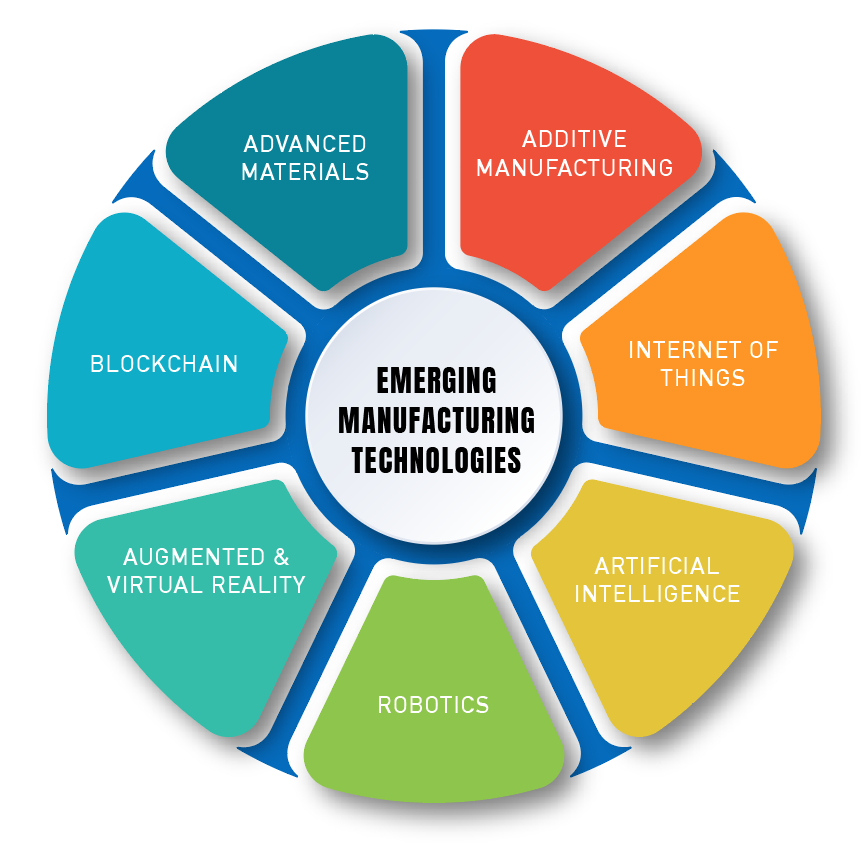
Conclusion
Emerging technologies in manufacturing play a crucial role in reshaping traditional processes, increasing efficiency, and driving innovation. Adopting these technologies is vital for manufacturers to stay competitive in a rapidly evolving landscape.
This article discussed several vital technologies transforming the manufacturing of engineered components, including additive manufacturing, IoT, AI, robotics, AR/VR, blockchain, and advanced materials. Each of these technologies brings unique advantages and applications to the manufacturing sector.
The prospects in the manufacturing of engineered components are promising. Advancements in emerging technologies will continue revolutionizing processes, enabling manufacturers to achieve higher efficiency, improved product quality, and greater sustainability. Embracing these technologies will be crucial for manufacturers to remain at the forefront of innovation and meet the evolving demands of the market.
